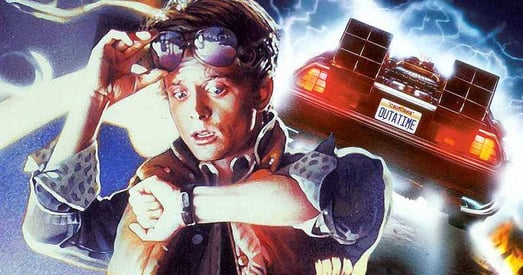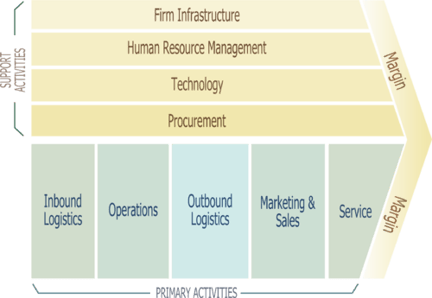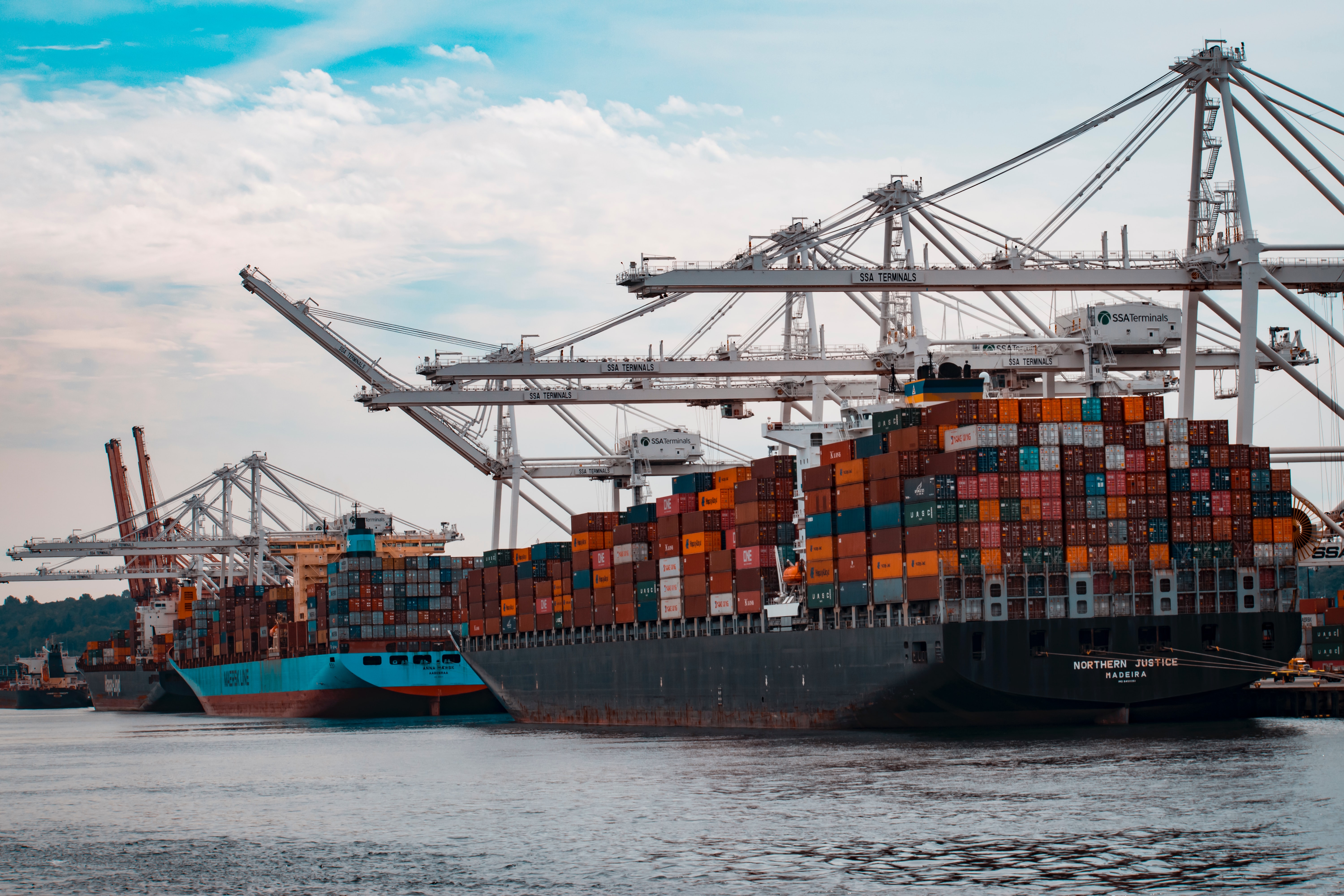Where does Procurement stand in your organization’s Value Chain?
Hopefully, you’ll be able to formulate an answer to that question after reading this post.
I speak with Procurement, Sourcing and Purchasing professionals every day, from various globally functioning organizations, and there’s a resounding similarity in every one of those conversations…
Procurement is — still — largely viewed as a secondary activity in most organizations’ value chains.
Procurement's Value?
How is it possible that a function serving as one of the greatest creators of sustainability and quality management in the line, cost-based savings, and allocators of the majority of direct spend, can be devalued to solely a supporting role in the value chain?
Simple answer: Traditional C-Suites don’t typically see procurement as a profit-creator or market differentiator, but rather a capital saver and money spender.
This train of thought is at the beginning of a mainstream shift, and procurement teams are taking on a more prominent position in organizations, increasingly involving themselves cross-functionally, and taking on leadership roles in the company
But, to really understand the root causation of where Procurement’s place is in the Value Chain, we need to take a trip back to 1985.

So, let’s do our best impression of Michael J. Fox, hop in our Delorean Time Machine car and take a trip back to the future.
Porter’s Value Chain
In 1985, Michael Porter published his best seller: Competitive Advantage: Creating and Sustaining Superior Performance.
And, the rest is history.
Porter’s Value Chain and modeling of the value chain became the widely-accepted model for strategically aligning an organization, cross-functionally, in order to deliver a valuable product or service to the market.

Porter determined the modeling above for the visualized value chain and broke down functions within an organization into two categories; primary and secondary activities:
Primary Activities:
- Inbound Logistics — involve relationships with suppliers and include all the activities required to receive, store, and disseminate inputs.
- Operations — are all the activities required to transform inputs into outputs (products and services).
- Outbound Logistics — include all the activities required to collect, store, and distribute the output.
- Marketing & Sales — activities inform buyers about products and services, induce buyers to purchase them and facilitate their purchase.
- Service — includes all the activities required to keep the product or service working effectively for the buyer after it is sold and delivered.
Secondary Activities:
- Procurement — is the acquisition of inputs, or resources, for the firm.
- Human Resource Management — consists of all activities involved in recruiting, hiring, training, developing, compensating and (if necessary) dismissing or laying off personnel.
- Technological Development — pertains to the equipment, hardware, software, procedures, and technical knowledge brought to bear in the firm’s transformation of inputs into outputs.
- Infrastructure — serves the company’s needs and ties its various parts together, it consists of functions or departments such as accounting, legal, finance, planning, public affairs, government relations, quality assurance, and general management (Porter 1985, p 11–15).
These activities were classified by either being cost advantages or market differentiators (Harrison 2018).
Porter’s model was focused on creating value in the context of profits and marginality in the market. Competitive edge was the desired outcome of modeling a value chain after Porter’s guidelines.
Procurement's Place in Porter's Model
Procurement, in the context of Porter’s modeling, has a very narrow definition as a function: ‘Responsible for the acquisition of inputs, or resources, for the firm.’ So, this model identifies procurement as a role rather one-sided in its functionality; responsible for acquiring materials, commodities or products. This model rather blatantly ignores procurement as a key value-adder, but rather a single-role filler.
I’m sure that the majority of business professionals today, would refute this narrow description of procurement’s function, and instead agree with my feeling that the role of procurement is — in fact — a primary activity in the modern business world. In fact, “Inbound logistics” would likely be scoped under the umbrella of procurement in today’s world.
But, this traditional modeling of the value chain certainly has its place in time and history. Porter’s model has been incredibly impactful in the successful value-creation of countless organizations. But, this model also may be the root of the misconceptions of procurement’s impact on the overall value chain, today.
The most interesting thing about my discontent with Porter’s view of procurement as a secondary activity is that I’m a bit hypocritical. I do, in fact, agree that procurement was once secondary. And, while I believe that the function of procurement in an overall value chain has evolved tremendously in the last 34 years, I don’t think that procurement’s own evolution has deemed it worthy of a spot as a primary activity.
However, the definition of value creation has evolved. For this reason, I believe procurement is today considered as a primary value creator.
In 2019, value encompasses a much wider scope than the years of Porter’s modeling. The output of value isn’t solely expected to be marginal gains in profit or market share, but also in societal and environmental impact.
Procurement, whether you agree or not, is a function and role that can be a value adder in multiple dimensions. Therefore, procurement’s place in the Modern Value Chain is, indeed, a primary activity.
Mic drop.
What Is Value Today?
In a recent post, I introduced a concept that I truly believe has become and will continue to be, the widely accepted consensus of modern value creation: Value 2.0.
Value 2.0 is an ideology that encompasses a larger scope of profitability and involves new stakeholders who are impacted by value creation. We must account for value creation in this next generation by gauging value in new dimensions directly tied to people and planet, not just profit.
Has this new view on value been created by consumer concerns? Shifting corporate initiatives? Globalization? Market trends?
Whatever the causation, Value 2.0 requires us as business professionals to now ask ourselves 2 very important questions when strategically analyzing our value chain:
Who am I creating value for?
Is there anyone(thing) being negatively impacted as a result?
Value isn’t valuable if it’s created at the expense of someone or something else.
What Is Procurement’s Place in the Value Chain?
Procurement is one of the sole functions in an organization that can truly implement and realize quality and sustainability initiatives in the line; considering procurement’s ability to impact the supply chain at the supplier level.
In an organization where Value 2.0 is the accepted ideology for value creation, your procurement organization will be the source of intelligence to know:
- Who you are sourcing and procuring goods/services from?
- How those goods/services are being produced or delivered?
- Why you are procuring from those particular suppliers?
- When to eliminate defective/non-compliant suppliers?
To create value, in the context of the modern Value Chain and Value 2.0, Procurement must be valued as a business-critical function, role, and discipline and given the responsibility to align itself cross-functionally with quality, sustainability, production, marketing, and sales.
Trade is essential to organizational development, and value creation, and procurement is at the top of that funnel. Procurement drives business from the source to the end customer. Literally, procurement has a hand every element of the value chain: sourcing of a commodity, purchasing of the commodity, production and quality control, product-market fit, go-to-market, and after-market.
So, the question remains: Is Procurement worthy of being named a primary activity in the Value Chain?
Yes and No.
Conclusion
If procurement (in the traditional sense) is a process that’s solely undertaken to provide raw materials to the primary activities, which then add value (in the traditional sense) to the product or services for its final delivery to the customers, then it may not be regarded as a primary value-adding activity.
However, sustainable procurement (modern procurement; encompassing a much larger organizational responsibility) can be regarded as a source of competitive advantage if it contributes directly to the creation of value (Value 2.0), and therefore can too be regarded as a primary value adder (Abdelhadi 2017).
So, I’ll ask again.
What’s procurement’s place in your Value Chain?
Until next week.












